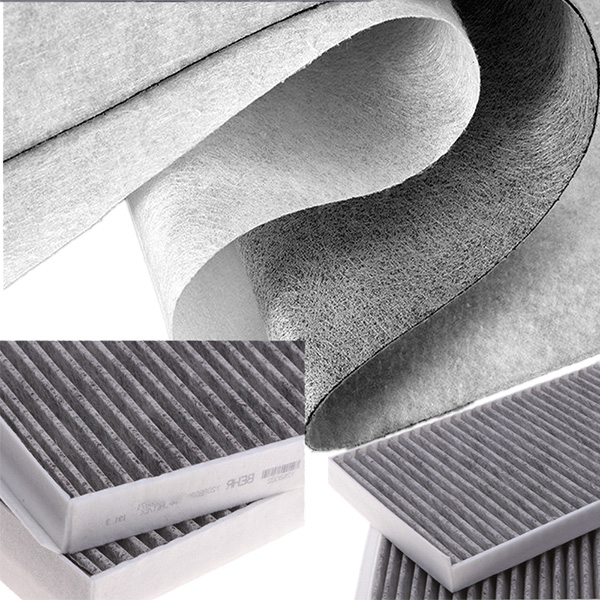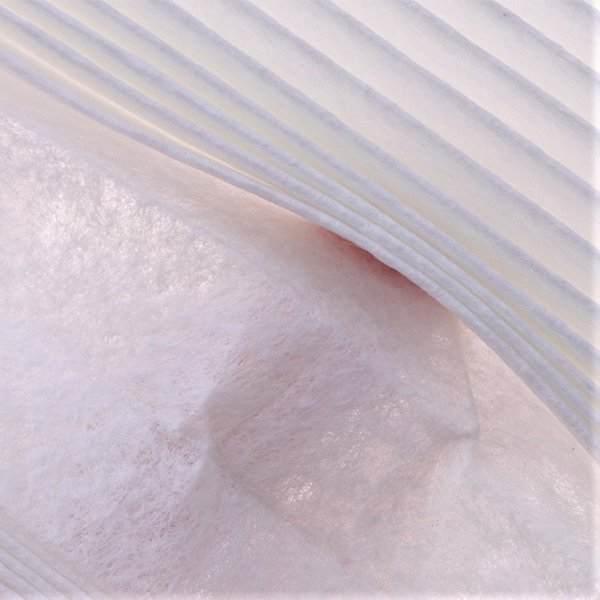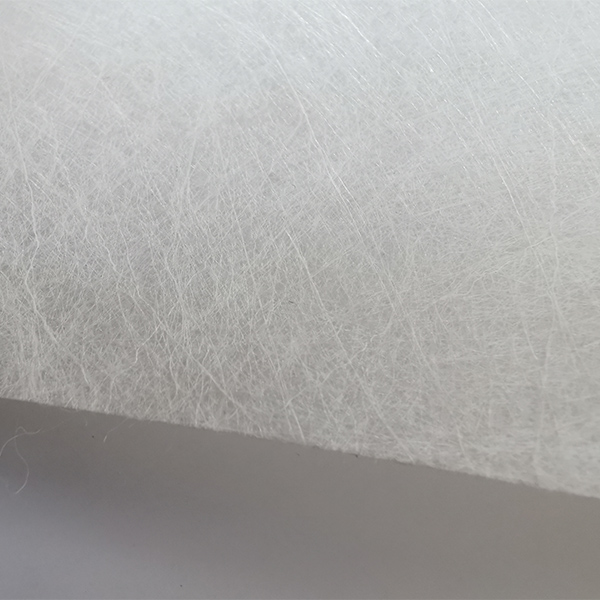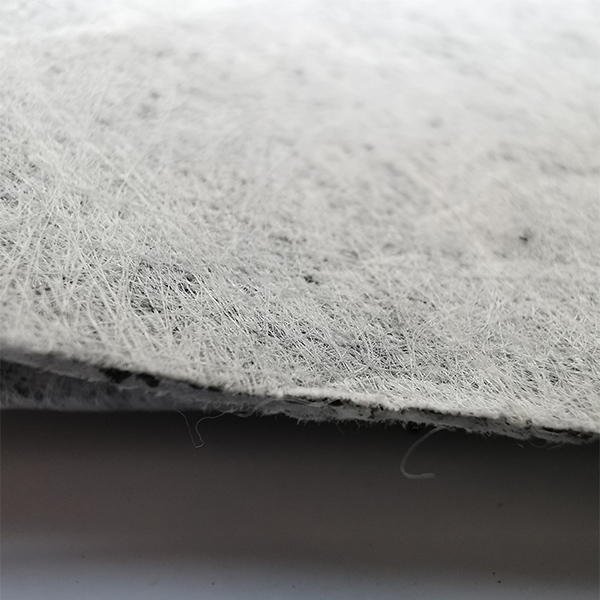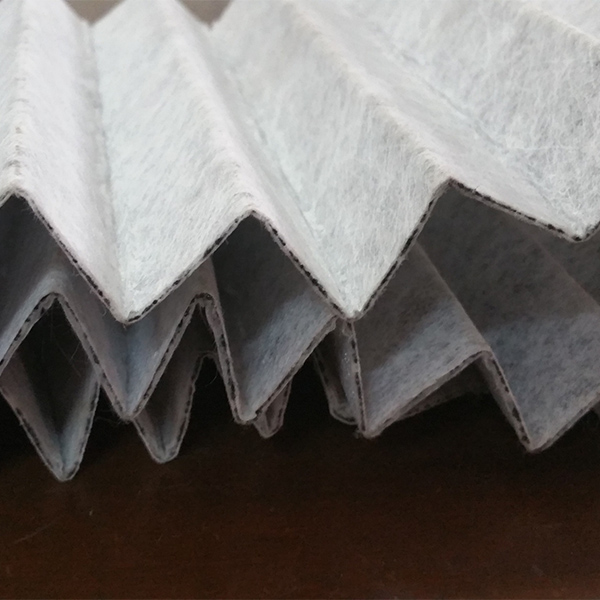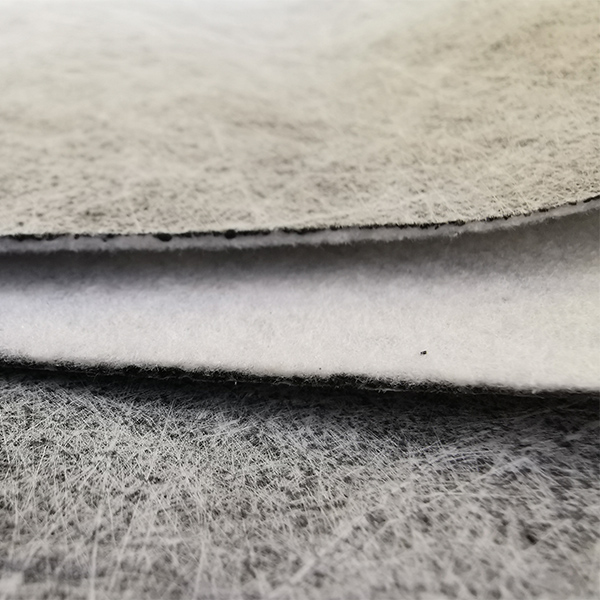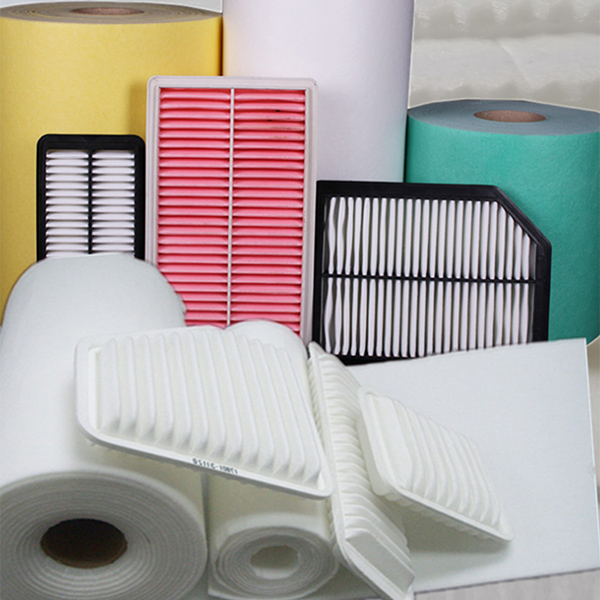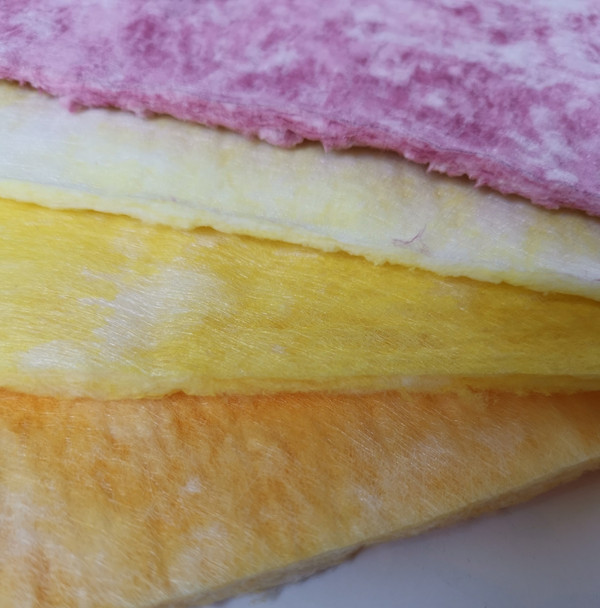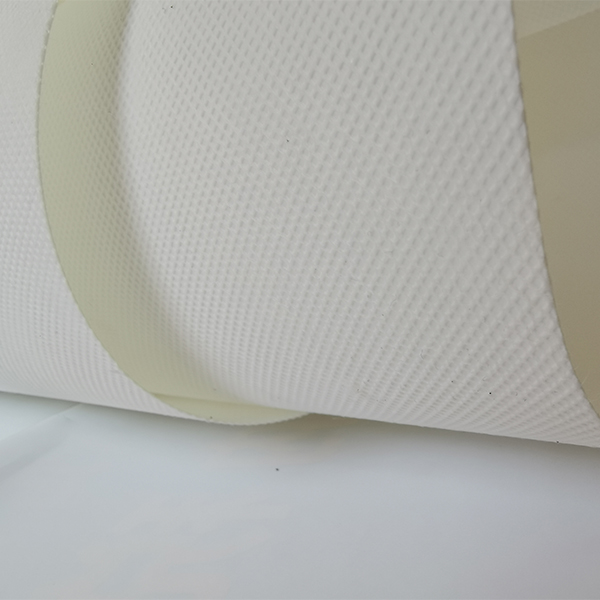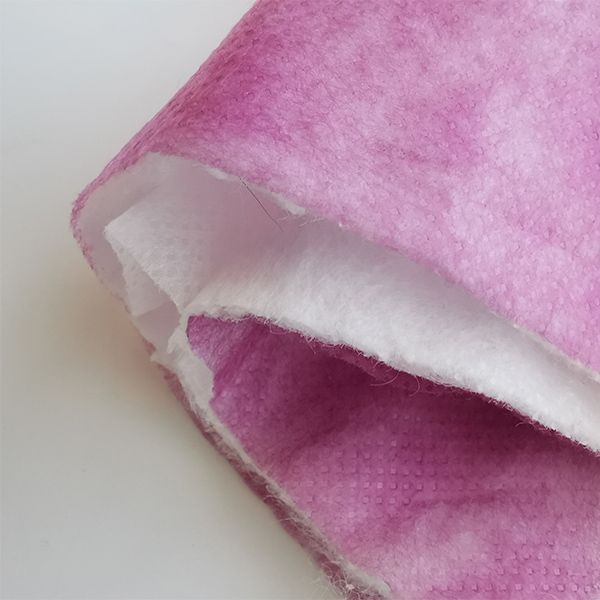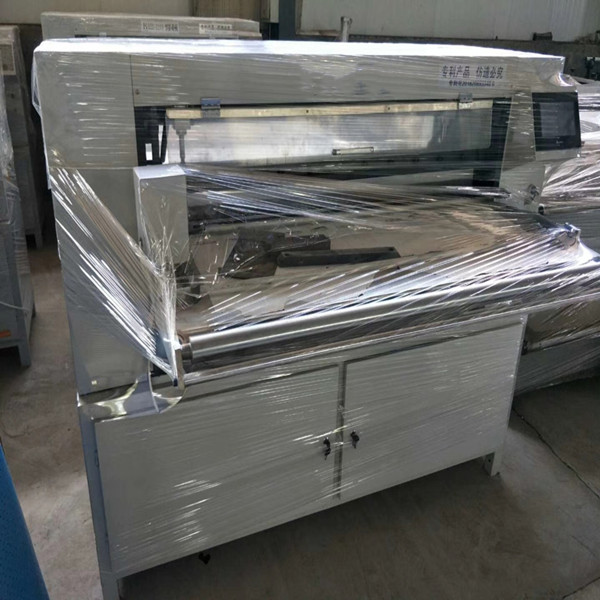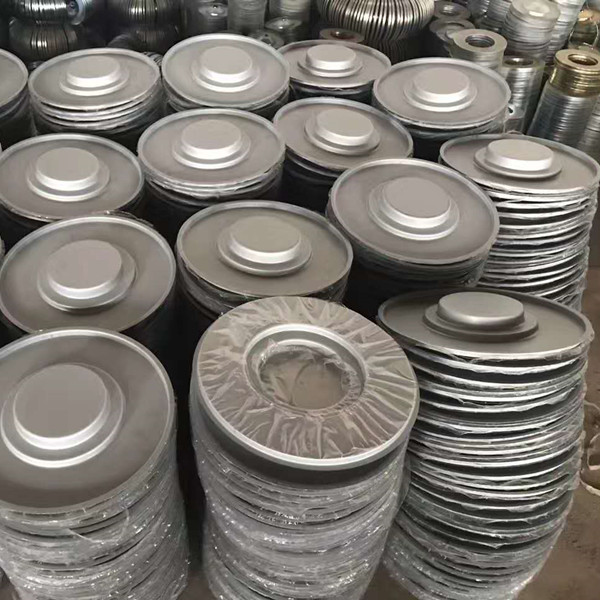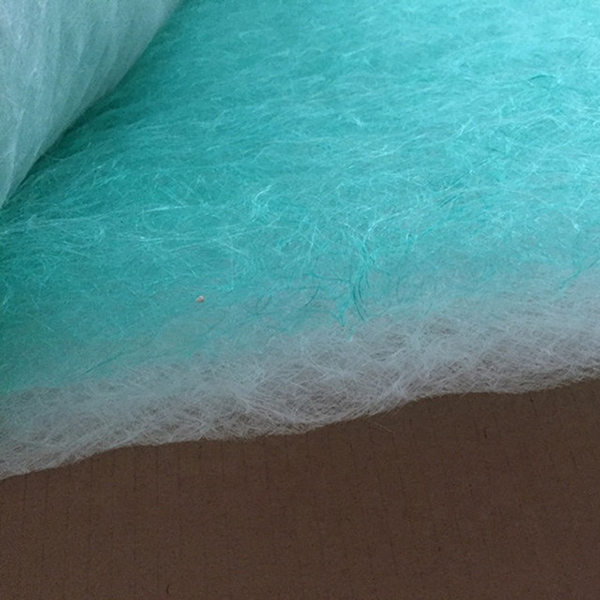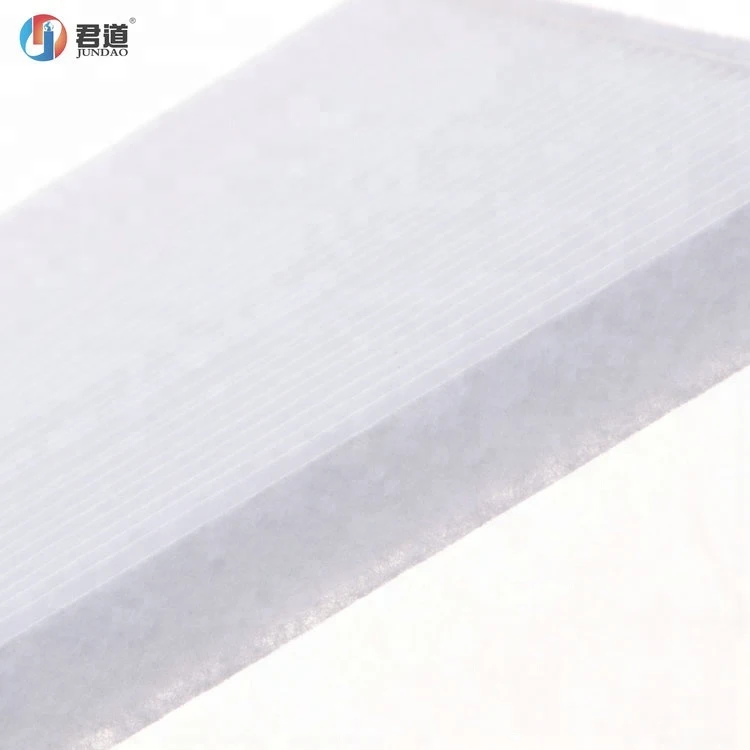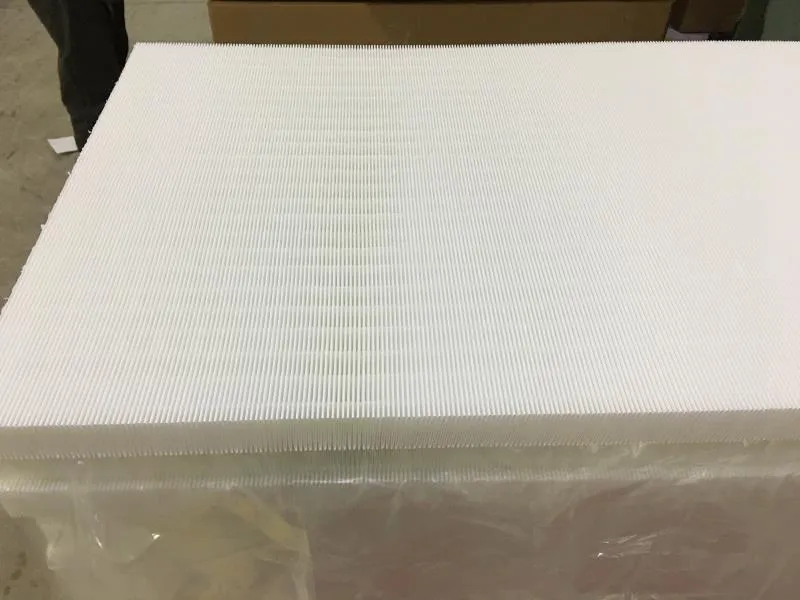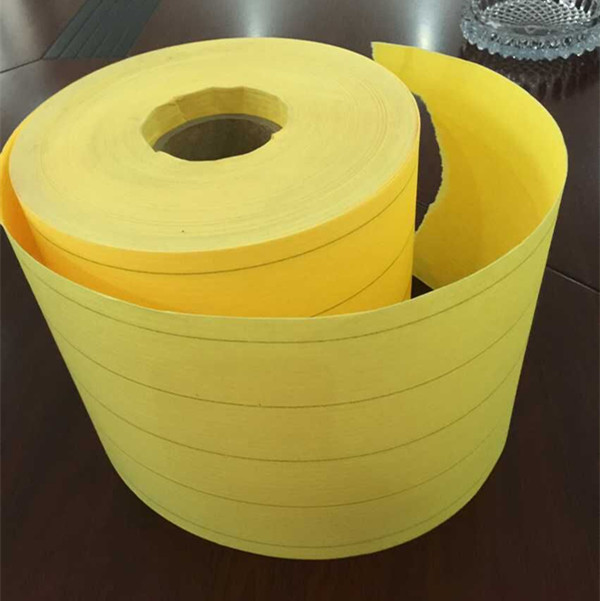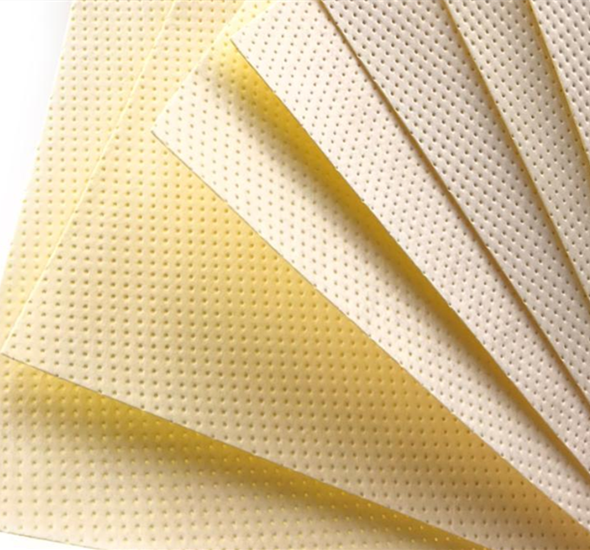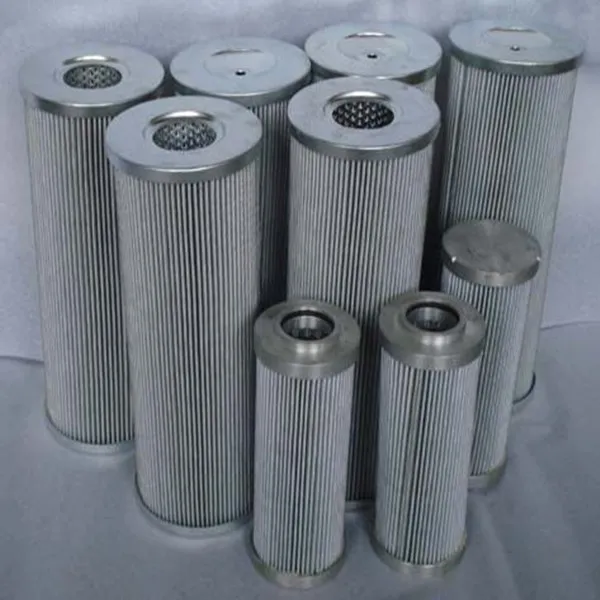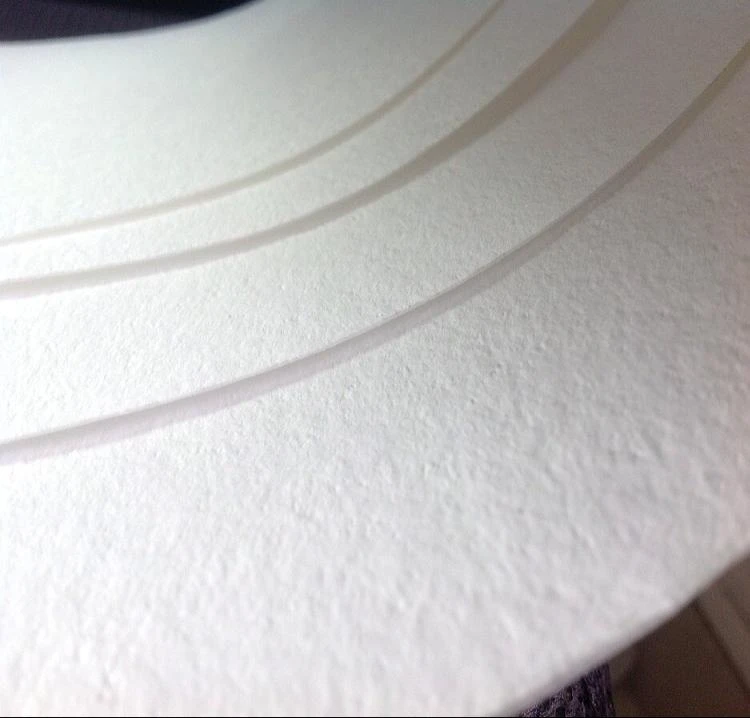Cabin Air Filter Media
Zosefera izi zimapangidwa ndi nsalu zosiyanasiyana zokhala ndi kaboni kapena wopanda kaboni. Mitundu yambiri yothandizira wosanjikiza, kusefera wosanjikiza, ndi gawo la ntchito zitha kuphatikizidwa kuti zikwaniritse zofunikira zosiyanasiyana za katundu.
Zogulitsa:
Unifolomu makulidwe
Moyo wautali wogwira ntchito
Kukana kwakukulu kophulika
Kuchita bwino kwambiri kosangalatsa
Palibe fungo ndi kuyamwa fungo
Ntchito: Zosefera za Cabin Air, Mzere Wam'mbali wa Zosefera za Cabin Air, Zosefera za Air Conditioner, Zida Zoyeretsera Mpweya, Zosefera Zapagulu, Zosefera Cartridge, ndi zina zambiri.
Mafotokozedwe Akatundu:
Zinthu za PET/PP zokhala ndi/zopanda Mpweya Woyambitsa
Kulemera Kwambiri 100-780g/m2
Mpweya Permeability 800-2500L/m2s
makulidwe 0.5-3.0 mm
Ndemanga: Zofotokozera zina zimapezekanso malinga ndi zomwe kasitomala akufuna kapena zitsanzo.
How Cabin Air Filter Media Improves In-Cabin Air Quality and Passenger Health
Cabin air filter media plays a crucial role in trapping airborne pollutants, allergens, and harmful particulates before they enter the vehicle's interior. By capturing dust, pollen, smoke, and even bacteria, these filters significantly reduce respiratory irritants, benefiting passengers with allergies or asthma. Advanced filter media also block exhaust fumes and odors, creating a cleaner, more comfortable cabin environment. In urban areas with high pollution levels, an efficient cabin air filter minimizes exposure to PM2.5 particles and toxic gases, enhancing long-term passenger health. Additionally, by preventing debris from clogging HVAC systems, these filters maintain optimal airflow, ensuring consistent ventilation and reducing the risk of mold growth inside air ducts.
Types of Cabin Air Filter Media: Synthetic, Activated Carbon, HEPA Filters
Modern cabin air filters utilize different media types for varying levels of protection. Synthetic fiber filters offer high dust-holding capacity and resistance to moisture, making them durable and efficient for basic particulate filtration. Activated carbon filters add an extra layer of defense by adsorbing harmful gases, odors, and volatile organic compounds (VOCs), which is particularly useful in heavy traffic or industrial areas. HEPA-grade filters provide the highest level of filtration, capturing up to 99.97% of particles as small as 0.3 microns, including fine dust, smoke, and allergens. Some premium filters combine multiple media types, such as synthetic layers with activated carbon, for comprehensive air purification inside vehicles.
Differences Between Synthetic and Natural Fiber Cabin Air Filter Media
Synthetic cabin air filter media, typically made from polyester or polypropylene, offers superior durability, moisture resistance, and consistent filtration efficiency compared to natural fiber options. These materials are less prone to mold and bacterial growth, making them ideal for humid climates. Natural fiber filters, often composed of cellulose or cotton, may provide adequate initial filtration but degrade faster when exposed to moisture, leading to reduced performance over time. Synthetic media also allows for finer fiber structures, improving particle capture without significantly restricting airflow. While natural fiber filters are sometimes marketed as eco-friendly, synthetic alternatives often last longer and provide more reliable protection against modern urban pollutants.

